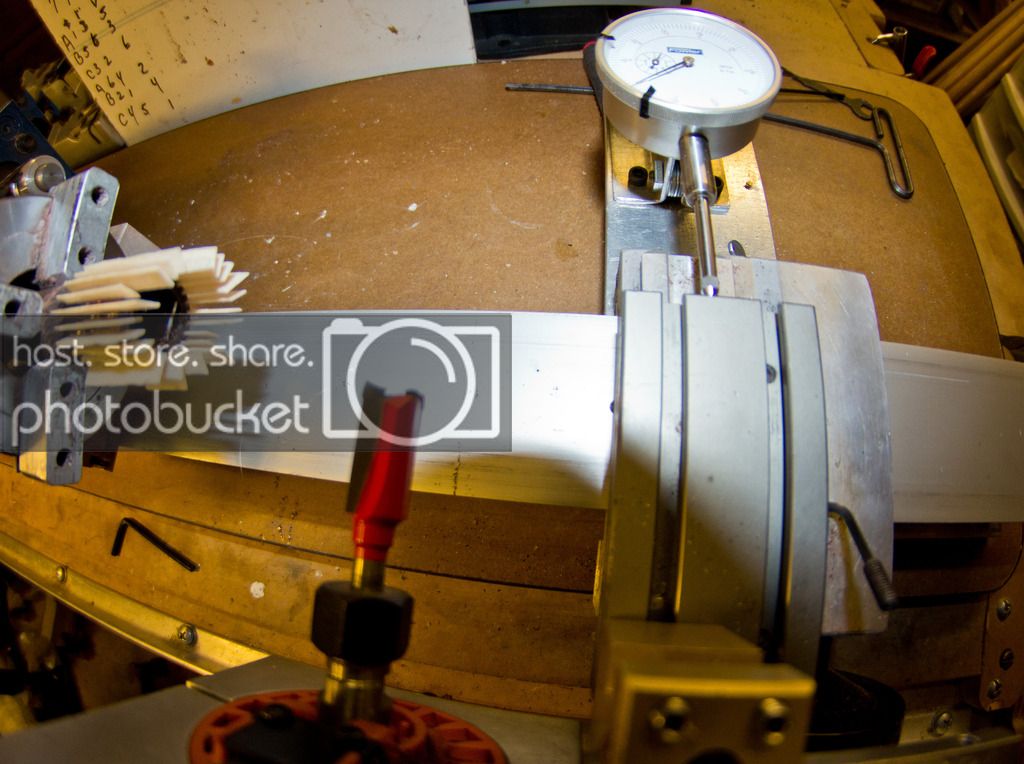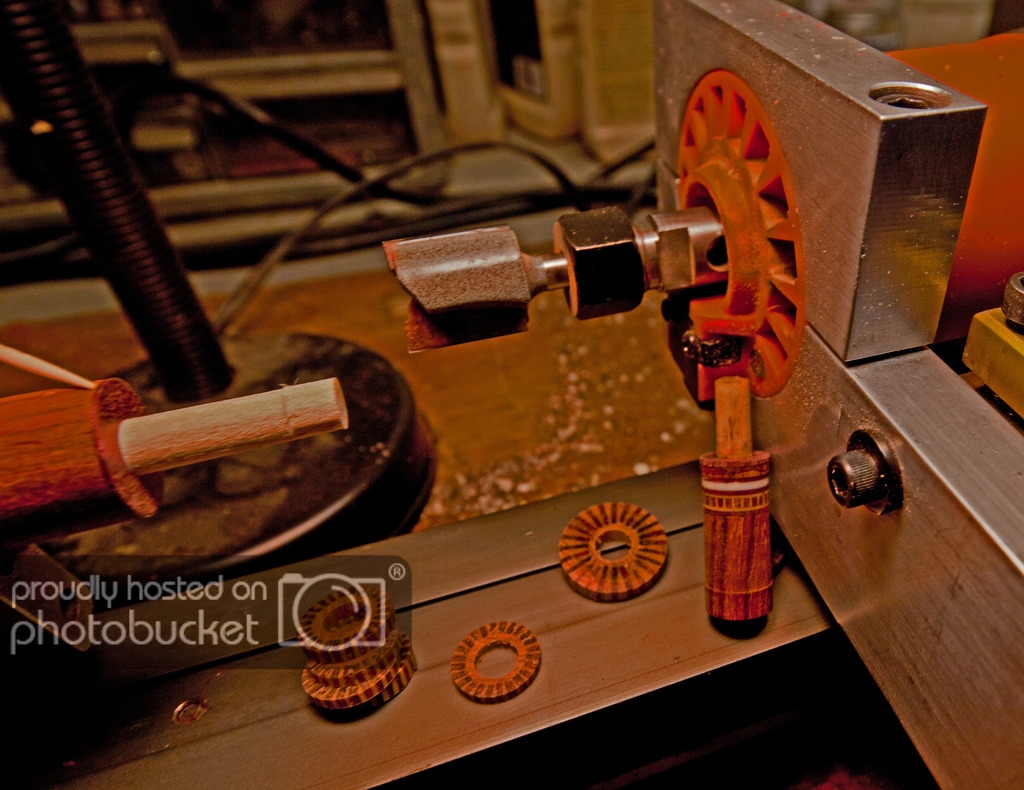dogcatcher
Member
Has anyone used a trim router with a speed controller to run any tools? Like a small lathe? I have an old cast iron Dunlap lathe, I already have a trim router and a router speed controller. Not concerned so much about the amount of power, just wondering if running it slow for extended times will hurt the router motor.
I thought it would be neat to have a 1930 something Dunlap lathe with a variable speed motor. Also might be an option for converting other tools to variable speed. I know that someone made a homemade lathe and powered it with a Harbor Freight 4" grinder with a router speed controller. He had no problems, or better, none so far.
I thought it would be neat to have a 1930 something Dunlap lathe with a variable speed motor. Also might be an option for converting other tools to variable speed. I know that someone made a homemade lathe and powered it with a Harbor Freight 4" grinder with a router speed controller. He had no problems, or better, none so far.


